The Troubles and Hidden Benefits of Seagrass
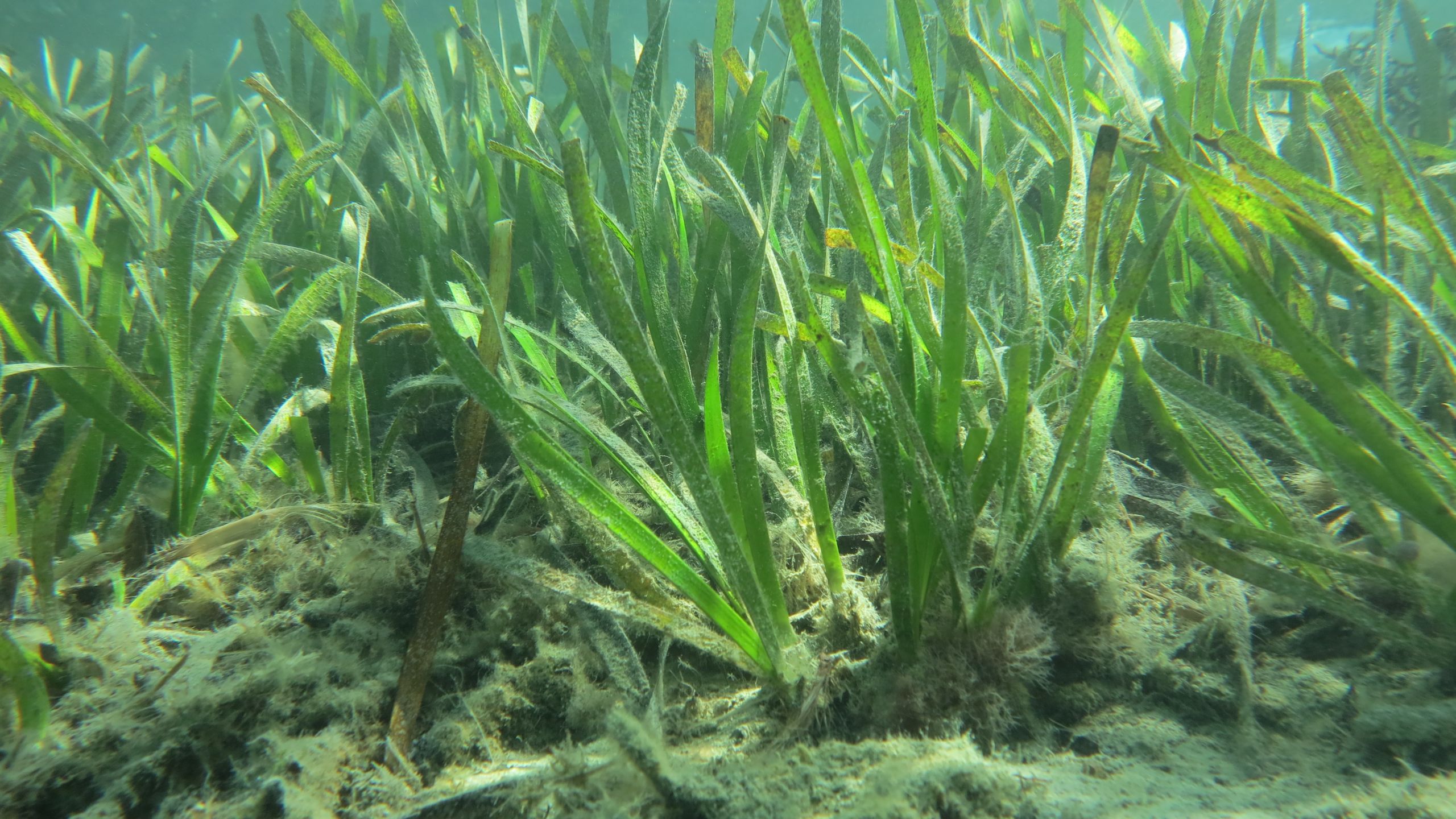
That snake-like seagrass that you see when you're at the shore, waving at you from underwater, is far more important than you may realize.
Seagrass is an "indicator organism," an underwater canary in the coalmine that signals when marine ecosystems are struggling.
The health of seagrass meadows around the world serves as a measure of planetary diagnosis in the face of climate change and human activities, says Oscar Serrano, a leading seagrass expert who is a senior research scientist at Edith Cowan University's Centre for Marine Ecosystems Research. For decades, he says, rainforests — especially those in South America — have been the center of the global conversation about carbon. But seagrass, researchers are now realizing, plays a central role in "blue carbon," these massive ocean-based ecosystems that can actually store far more carbon than forests per unit area.
Maintaining seagrass meadows, and restoring them so that they can expand to pre-industrialization extent, could be one way to combat climate change, Serrano says. That’s because seagrass removes carbon dioxide from the atmosphere and stores it away, offsetting millions of tons of carbon emitted by burning fossil fuels.
Seagrass sucks carbon out of the skies and sequesters it in seagrass plants and underlying soil. That process secures entire ecosystems. If seagrass isn’t faring well, that spells trouble for marine life, for the humans who depend on it for food, and for the health of the oceans.
Healthy seagrass meadows stabilize the sea floor and provide habitats and food for many marine creatures, contributing to climate change mitigation and adaptation thanks to their capacity to trap carbon dioxide and protect the shorelines from erosion. When Serrano and his colleagues at Edith Cowan University in Perth venture out along the Western Australian coast to study the meadows, they witness extraordinarily rich but fragile assortments of sea life including endangered dugongs (relatives of manatees) and green turtles.
Serrano and his fellow scientists from the Centre for Marine Ecosystems Research, which Paul Lavery directs, say that the upshot of their work is that maintaining seagrass meadows and allowing them to expand should be considered when shaping policy on climate change. Their research has shown that seagrass meadows and their soils store about 40 times as much carbon as forests while also absorbing and storing it much more quickly than rainforests. That makes the “blue carbon” ecosystems far better equipped to combat climate change than has been recognized.
“It’s a field of study that has grown exponentially over the last decade,” says Serrano, who began working on seagrass while completing his doctoral studies in Barcelona. He is in Western Australia because it is home to more than half of the world’s 60 species of seagrass.
In 2019 he and his colleagues measured Australia’s “blue carbon” stores in the first such national estimate. Published in Nature Communications, their research showed that each year Australian seagrass, mangrove, and salt marshes can lock away for millennia as much carbon dioxide as is emitted by about four million cars every year.
But seagrass meadows are increasingly threatened by climate change that is bringing storms of mounting ferocity and frequency. The Edith Cowan University marine scientists have been investigating, for example, the devastating effect that a prolonged marine heat wave had on seagrass in Shark Bay, a UNESCO World Heritage site on the central Western Australian coast. Since the end of 2010, the loss of more than 20 percent of the 2,000 square miles Indian Ocean site has caused the release of many millions of tons of carbon dioxide.
Serrano explains: “When these ecosystems are damaged by storms, heatwaves, dredging, or other human development, the carbon dioxide stored in their biomass and soils beneath them can make its way back into the environment, contributing to climate change.
“You not only lose the seagrass as a way of removing CO2, but the sequestered gas is released back into the atmosphere during seagrass matter decomposition.”
Serrano reports that vegetated coastal ecosystems around the world are dwindling twice as quickly as tropical rainforests. To make matters worse, seagrass meadows recover slowly and often only partially, and their damaged vegetation tends to accumulate near shore as foul-smelling “wrack,” harming property values along with ecosystems.
At Shark Bay, the Edith Cowan University researchers have used soil cores to determine that seagrass meadows had thrived in that spot for at least 6,000 years. Those sampling methods illustrate another part of the Edith Cowan University research: seagrass sedimentary deposits that build up the seafloor about a meter every 1,000 years can provide an archeological record of environmental change.
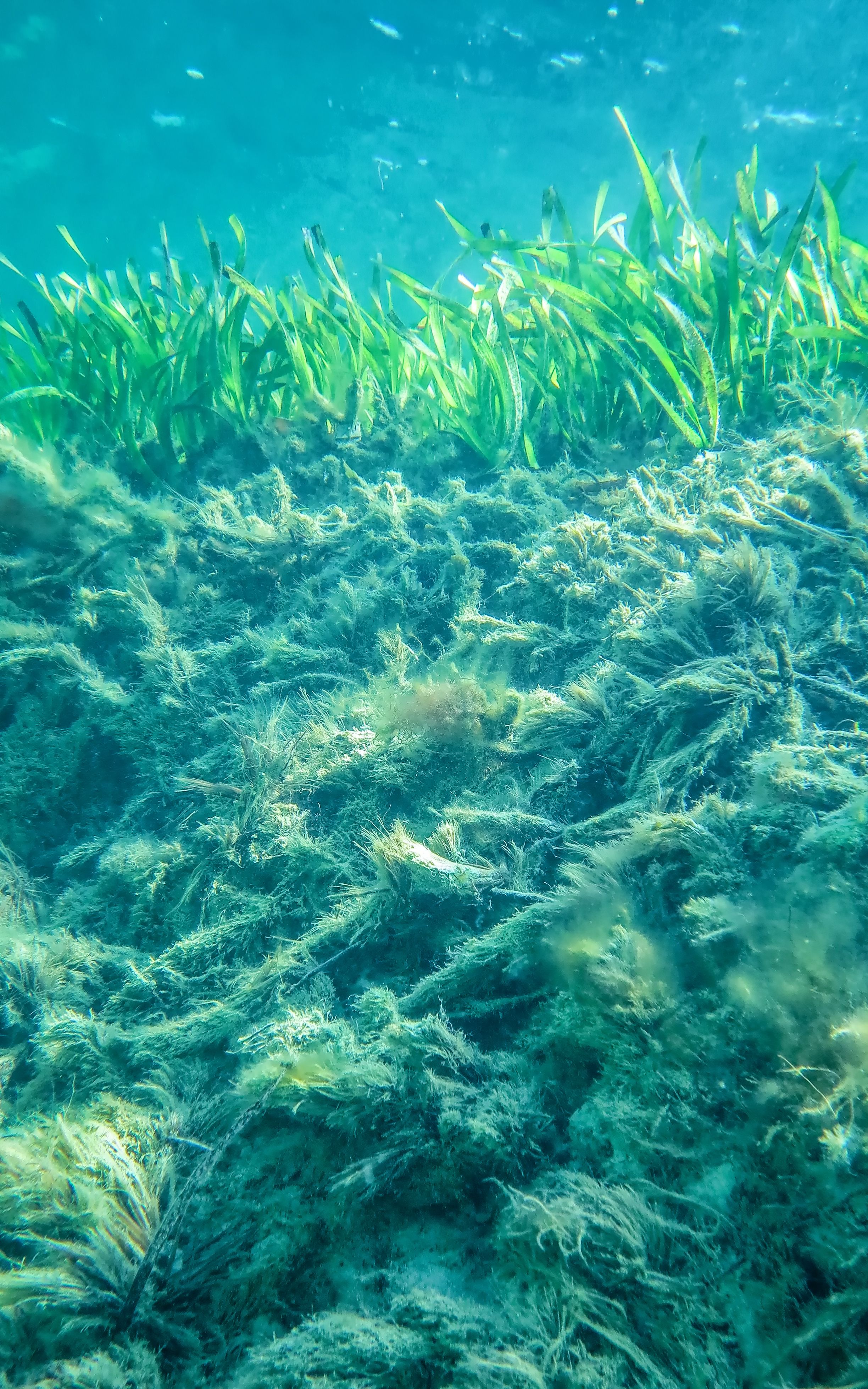
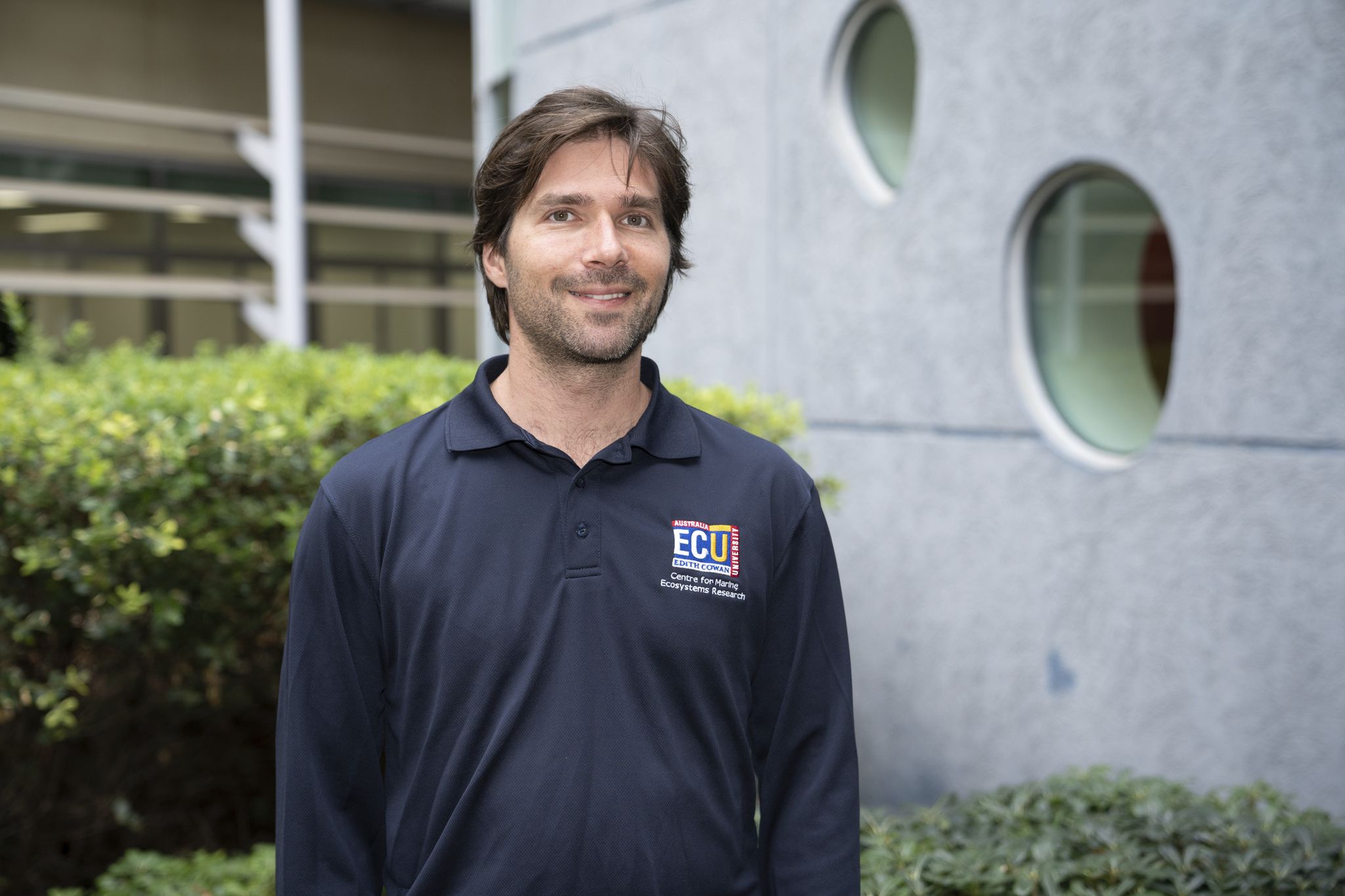
Oscar Serrano is a leading seagrass expert and a senior research scientist at Edith Cowan University’s Centre for Marine Ecosystems Research.
Oscar Serrano is a leading seagrass expert and a senior research scientist at Edith Cowan University’s Centre for Marine Ecosystems Research.
Seagrass and archeology
Seismic probing can reveal earlier environmental conditions as well as fingerprints of long-ago human activity including changes in land use and their effects on coastal ecosystems. The most dramatic changes have been recent ones that are attributable to climate change, says Serrano.
Just Cebrian, associate director of the Northern Gulf Institute at Mississippi State University, says Serrano’s key contribution has been to provide a detailed picture of how seagrasses function within the complex interactions between humans and coastal ecosystems. That, he says, “has allowed for a better understanding of the value, conservation, and management of seagrasses and broader coastal ecosystems.
If Serrano’s discoveries relating to those system-level interactions are sobering, they also contain happier notes. One is that understanding of seagrass meadows and the way that they can protect anything buried under them has led to the discovery of ancient Phoenician, Greek, and Roman ships in the Mediterranean Sea and, in Australia, beer!
A submerged supply ship that in 1796 didn’t make it all the way from Calcutta to what is now Sydney was found in the 1990s off southeastern Australia. Seagrass meadows had protected its cargo, including bottles of beer, from microbes, decomposition, and the waves. Since 2015, yeast from that beer has been used to make commercial beer.
Around the Australian coast, Serrano believes, seagrass beds will have preserved thousands of wrecks of explorers’ ships and “could even hold secrets of seafaring by Aboriginal Australians.” He and his colleagues are now cross-referencing historic records and maps of seagrass meadows.
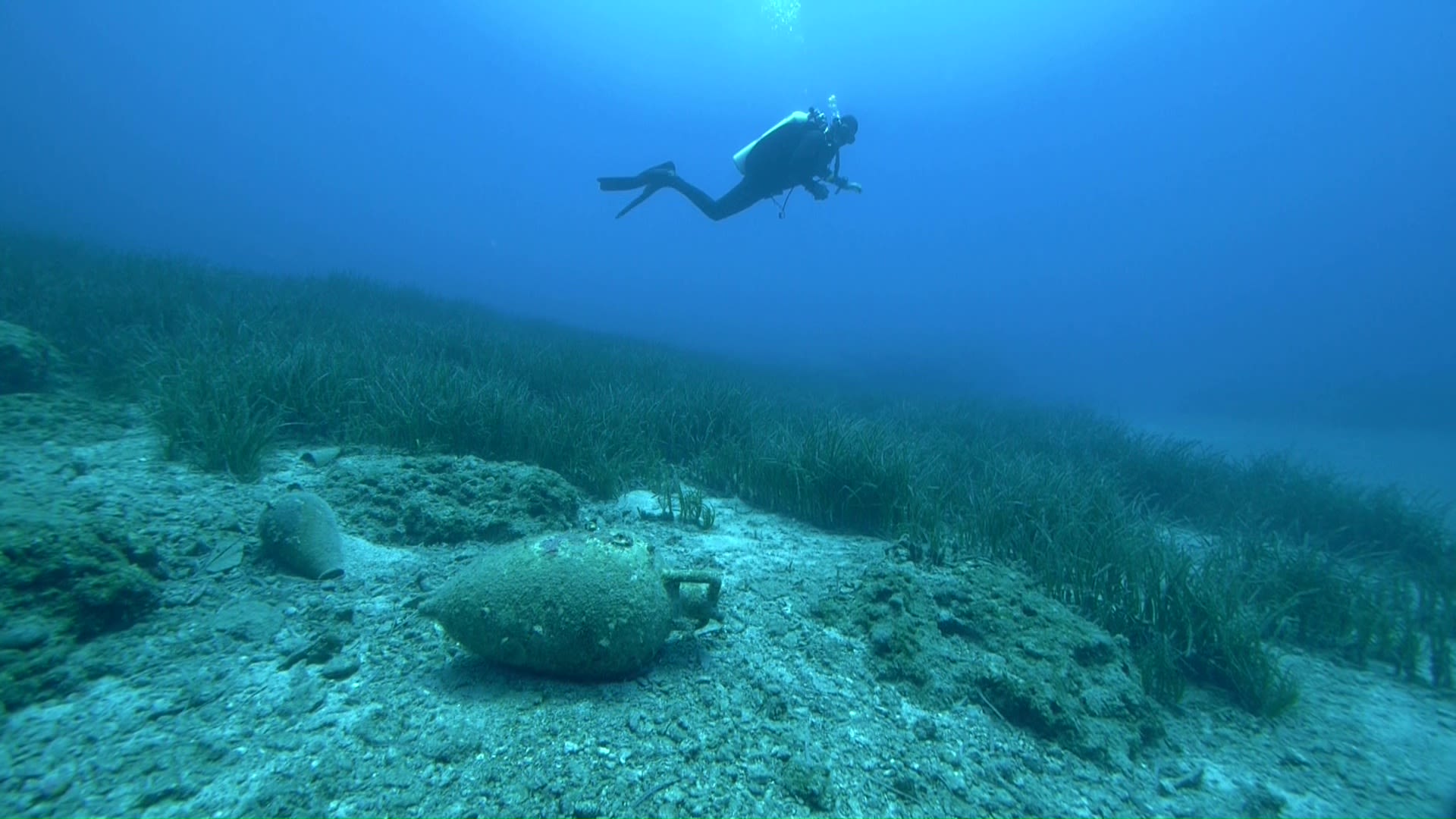
Seagrass fuels tourism — and mitigates global warming
That kind of naval romance can, of course, spark tourism, and so can healthier shorelines. The Edith Cowan University researchers have worked with state and local governments to develop practices that protect marine ecosystems from development projects. They have also helped local governments alleviate problems related to sea wrack — that stench!
On Rottnest Island, just offshore from Perth, they have assessed the health of seagrass and advised the local council on how to restore damaged areas of it.
That’s an issue that directly affects tourism. Brochures boast that nine species of seagrass found around the island provide for numerous marine animals including nesting sea turtles.
Perhaps the major payoff of the work of Serrano and his colleagues, however, is, as he puts it, that “there is money to be made in the restoration and protection of blue carbon ecosystems in Australia.”
The Australian government is developing ways that various entities — industry, but also non-governmental organizations and local governments — can invest in blue carbon to offset their carbon emissions. The researchers see a potential for blue-carbon projects to reap millions of dollars each year from the Australian government’s Emissions Reduction Fund.
"Those projects could take the form of replanting seagrass meadows, restoring mangroves by reflooding, or preventing expected losses through environmental management," Serrano says.
He adds that because Australia has so much of the world’s blue-carbon ecosystems — an estimated 10 percent of them — “there’s enormous potential for us to take a lead role.”
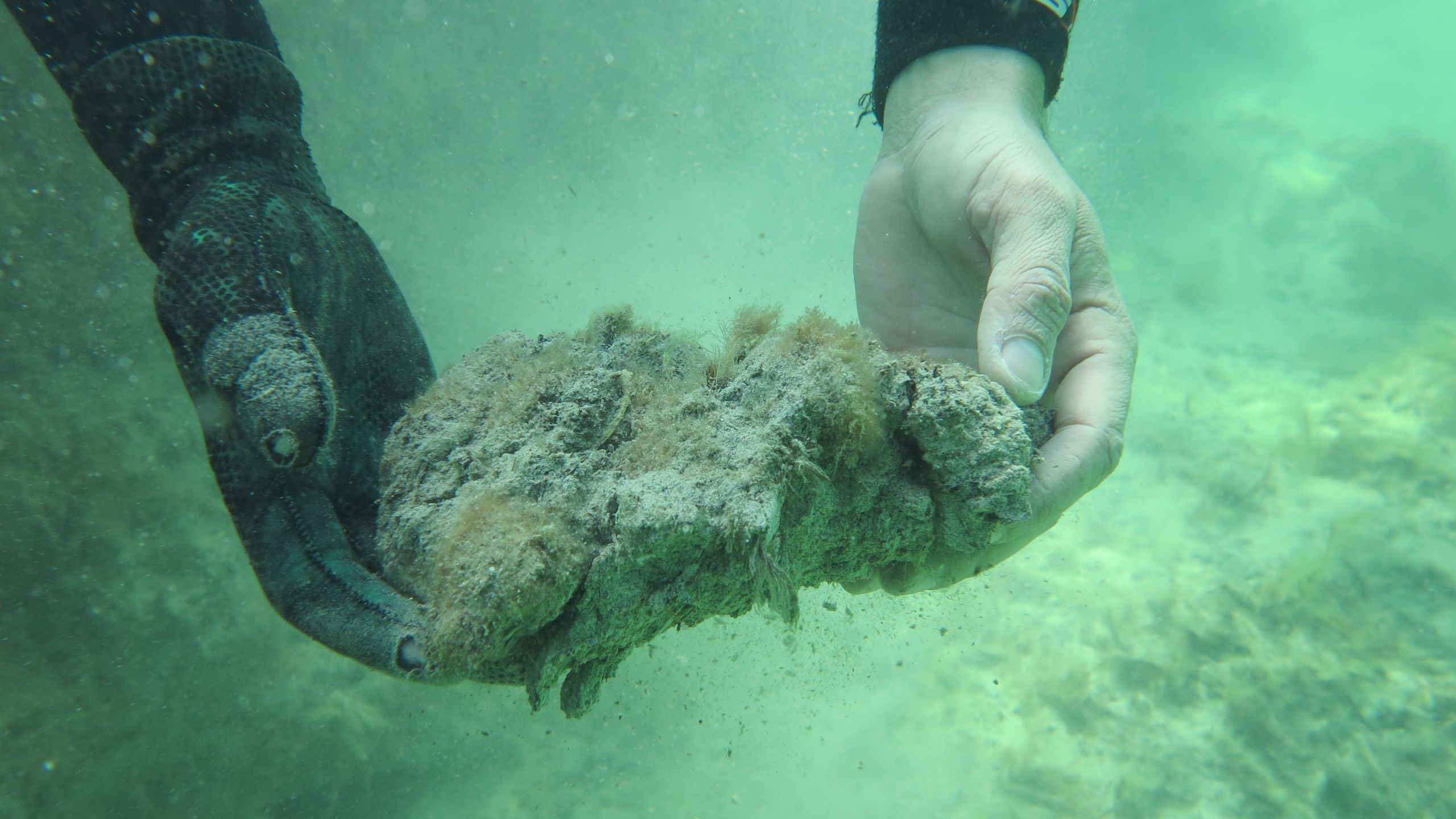
Dr Oscar Serrano discusses his world-first research quantifying the amount of carbon dioxide being absorbed by coastal vegetated ecosystems and the role those ecosystems play in offsetting climate change.


